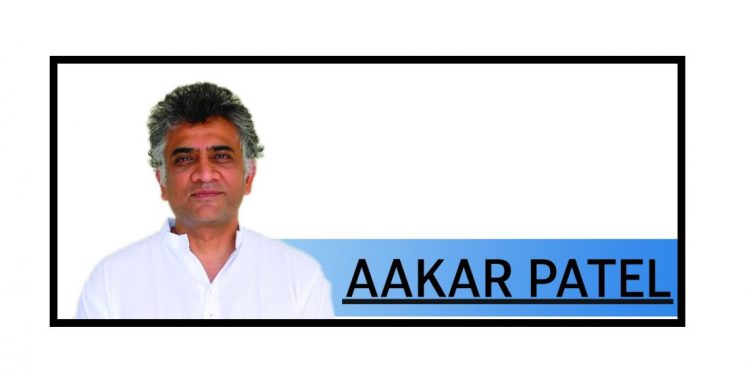I have a novel out this month, and also an event that discusses the role of fiction writing in engaging with the material world. The lawyers who represented Rahul Gandhi in his case in Surat have also just published a work of fiction titled “Theory of Suspicion.” Kirit Panwala and Rohan Panwala (they also represent me in a similar case in Surat filed by the same BJP legislator) draw on their experience as lawyers practising on the criminal side to tell a story. The core of the book is a multiple murder mystery and the authors say that they draw their inspiration from an actual series of events.
Their novel is unusual because in India few professionals write books and even fewer write fiction centred around their area of expertise. On my shelves, I can see a couple of autobiographies by two Pakistan chief justices, MC Chagla’s Roses in December and MC Setalvad’s memoirs but there is not much else from those in the legal profession. For this reason, we must be grateful to the authors who, woven into their murder mystery, give us insights into how the police functions, what the protocols of State are with respect to the judiciary, the conduct of lawyers and some tips for handling interrogation. For these alone, the book is worth reading.
I wanted however to discuss another aspect outside of the mystery that the Panwalas take up and that is regarding jurisprudence and innovation. They start and build their story around a judge who develops a theory that discards what we call common law and begins to adjudicate cases on whim. In brief, his theory may be described as suspicion being the same as guilt and then this finding of “guilt” followed swiftly by punishment. This reflects in many ways the view of large parts of our nation in these times.
The modern criminal justice system is designed around the rights of the accused because the power in a criminal case is overwhelmingly with the State. The government controls the police, it has a veto on the appointment and transfer of judges, it conducts prosecutions and carries out incarcerations. The accused has little power or agency in comparison and for this reason democracies construct their justice system around the rights of those the State goes after.
This will surprise those, likely the majority of the population, who think it should be centred around the State’s ability to punish bad people. Such a sentiment is common even among those who are or have been part of the State. In 2007, the fifth report of the Administrative Reforms Commission on public order opens with this quotation from APJ Abdul Kalam. “If real criminals in our society are left without punishment for years, because of delay in criminal justice for various reasons, it will indeed result in the multiplication of people taking to criminal acts.” This is of a piece with those who demand the death penalty and hangings on the assumption that State violence against ‘real criminals’ produces a just society.
This attitude, this mindset is the reason why independent India has tightened laws to give more power to the State against defendants, and either not undone colonial-era laws or made them even harsher. The massacre at Jallianwala Bagh came after a gathering that protested the Rowlatt Act, which gave the government sweeping powers of detention without trial. Few might know that the law was never applied and was in fact rescinded. But in every state of India today there are laws worse than the Rowlatt Act and people are jailed without trial and even without crime, under laws that allow preventive detention.
Has this harshness resulted been effective in curbing crime? The numbers produced by the Union government say no. The conviction rate in IPC cases was 64.8 per cent in 1961. In 2005 it was 42.4 per cent. The 2017 National Crime Record Bureau data shows that for murder the conviction rate is 43 per cent in India. For rape it is 32 per cent, for kidnapping 26 per cent, for injury including acid attacks 29 per cent and for rioting 20 per cent. Harsher laws have not in fact resulted in what the former President Kalam wanted.
The acquittals have another story to tell. Criminal law has the power to destroy lives and its use for this reason must be guarded, measured and calibrated, not recklessly and relentlessly applied as is the case unfortunately in our nation. These are the thoughts one has when reading the Panwalas’ story about the judge and his family. Their judge is fictional but he has real life parallels when it comes to going rogue. Consider, to give one example, how many judges in the lower judiciary “overturn” judgements and explicit Supreme Court directives when it comes to arrests and the application of such charges as sedition, when there is no call or incitement to violence. It is in the middle of this reality that this novel has been written. Without revealing much I should say that the judge in the novel gets his comeuppance in more ways than one. For this reason to me the book was satisfying.
By Aakar Patel






































